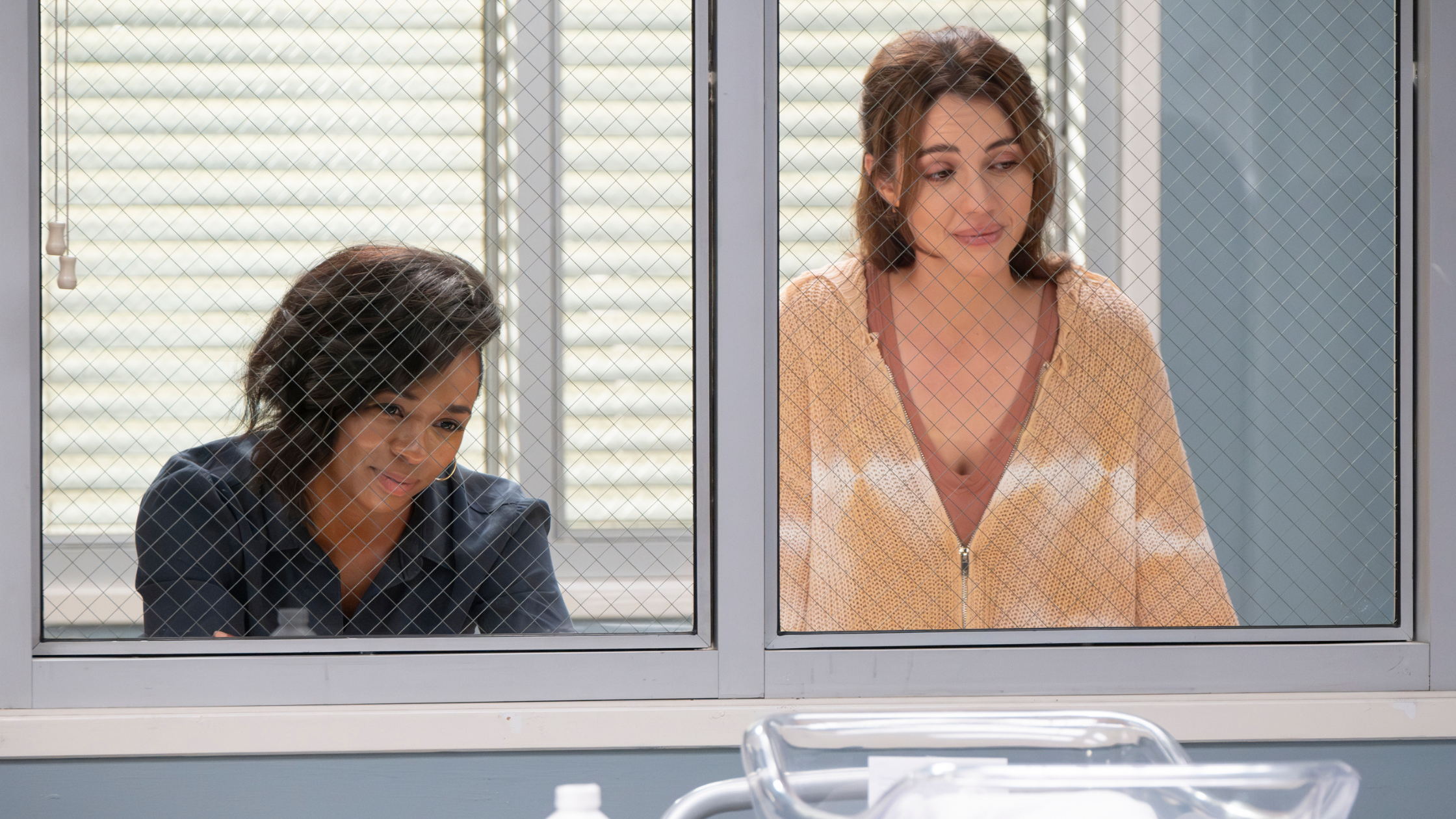Here is the first song with clean vocals by 10 extreme metal bands who never used them at first!
As metal fans, we often like our music to be overpoweringly vicious in every respect, with a non-negotiable feature being the gnarliest growls, croaks, snarls, screeches, gurgles and bleghs! That’s why it can be so controversial when certain bands start incorporating some – or all – clean singing.
Eventually, though, even the most ferocious artists will probably decide to add softer singing to their repertoire (whether subtly or overtly).
READ MORE: 10 Metalcore Bands Who Don’t (Or Barely) Use Clean Vocals
As the following examples prove, it can happen early on or well into a group’s career. Either way, each one has a song that first saw them taking a chance with a calmer approach, and that’s exactly what we’re breaking down below with 10 of today’s biggest metal acts.
To be clear, we’re talking about clean singing, so aspects such as spoken word passages, narration and the like don’t count. Also, to qualify, the track had to come out after the band’s debut studio LP (otherwise, we can’t really say they “never used them at first” since they pretty much did right out of the gate).
With that said, let’s dive in!
-
The First Song With Clean Vocals by 10 Metal Bands Who Never Used Them At First
-
Lamb of God, “Insurrection”
Many people think “Overlord” (from 2015’s VII: Sturm und Drang) kicked off Lamb of God’s interest in complementing their guttural nature with melodic vocals; while it was undoubtedly a major turning point for frontman Randy Blythe’s style, as far as we can tell, it’s actually the opening of “Insurrection” (from 2012’s Resolution) that introduced the technique.
True, Blythe still sounds rougher than on the other piece, and “Insurrection” doesn’t border on grunge/hard rock like “Overlord” occasionally does. Yet, his initial verse (starting with “When the walls fall around you is when you begin to find / That the depths you have found have become now too hard to climb”) definitely marked his earliest attempt at it.
-
Katatonia, “Shades of Emerald Fields”
As discussed in our list of 10 metal bands who changed styles for the better, Katatonia have been creating exquisitely morose music with beautifully sung feelings since 1998’s Saw You Drown EP and Discouraged Ones LP. In the years leading up to them, however, Jonas Renkse gradually started alternating between clean and death/blackened doom vocals.
In fact, it wasn’t until “Shades of Emerald Fields” – the second track on 1995’s For Funerals to Come… EP – that he gave his throat a rest with some restful singing.
Granted, the majority of the track is significantly fierce, but the final minute or so is peacefully depressing thanks in large part to Renkse’s soothing contemplations (“Our eyes can’t stand the flames / Single sparkles hiding in our palms”).
-
Soilwork, “Needlefeast”
By now, Soilwork’s Björn “Speed” Strid is celebrated for his ability to contrast sinister and sentimental vocals at a moment’s notice. (Just listen to “Is It in Your Darkness” and “The Living Infinite II” to hear why!)
Although that juxtaposition is now one of Soilwork’s signature features, it didn’t begin until “Needlefeast” from their third full-length outing, 2001’s A Predator’s Portrait, which the band rightly claims was their “big breakthrough” release.
Specifically, Strid tries out his new method during the chorus – “This life i cannot face it / With the writings on the wall” – and it’s immediately apparent that his soulful crooning needed to become permanent part of their sound.
-
The Dillinger Escape Plan, “Hollywood Squares”
The dawn of the 21st century was a transitional period for genre-splicing greats The Dillinger Escape Plan, as they were without a main singer. You see, Dimitri Minakakis left after their first album (1999’s Calculating Infinity) and it wasn’t until 2002 that they found a permanent replacement in Greg Puciato.
Along the way, several people filled-in, including Mr. Bungle/Faith No More’s wacky frontman, Mike Patton.
Fascinatingly, it was Patton who provided TDEP with their original non-abrasive voice (on “Hollywood Squares” from 2002’s Irony Is a Dead Scene EP). He co-wrote the tune, too and in typical Patton fashion, he alternates between eccentric shouting, punky singing and indecipherable rapping/scatting.
Throughout it, he’s as inventively erratic as the music he’s supporting, and together, he and the band pushed DEP into a new creative arena.
-
Arch Enemy, “End of the Line”
Founded in 1995, Arch Enemy are among today’s biggest melodic death metal bands. Despite using clean vocals here and there across their catalog (such as on “Reason to Believe” from 2017’s Will to Power and “Handshake with Hell” from 2022’s Deceivers), they’re not really known for incorporating them.
Perhaps it’s not surprising, then, that it took them nearly a decade to do it at all.
Honestly, the song in question – “End of the Line” from their fifth studio collection, 2003’s Anthems of Rebellion – barely counts since they’re not at the forefront (and they aren’t sung by Angela Gossow).
Instead, it’s guitarist Christopher Amott who complements Gossow’s chorus (“End of the line / You sold your soul / For a better life / You are better off dead”) with faint echoey bellows. Fortunately, the pair work well together, so it’s a welcomed addition.
-
In Flames, “Gyroscope”
Another one of Sweden’s major melodeath acts is In Flames, who got started in 1990 and – quite controversially – started blending that style with alternative metal on 2002’s Reroute to Remain. Obviously, that’s when they truly made melodic singing a key element of their formula, yet they first played around with the practice on “Gyroscope.”
Initially released on 1997’s Black-Ash Inheritance EP (which arrived a few months before In Flames’ third LP, Whoracle), “Gyroscope” permeates with Anders Fridén’s devilish outbursts from beginning to end.
However, Fridén also backs himself up with a smooth harmony during the chorus (“Neo-wolf, but older again / Than the Lupus itself / Linked its fur to the gyroscope of time / A collection of failures”).
It’s not much, but it did pave the way for where they’d go in the future.
-
Suicide Silence, “Doris”
Love it or hate it – and plenty of people hate it – Suicide Silence deserves some credit for trying something new on 2017’s Suicide Silence. Whereas all their earlier and later albums were planted firmly within the deathcore scene (and only 2011’s The Black Crown mixed it up with nu-metal), their fifth album committed almost completely to the latter genre.
As such, it favored Hernan “Eddie” Hermida’s clean vocals over the guttural eruptions he debuted on 2014’s You Can’t Stop Me. Opener “Doris” gave fans a clear indication of what was in store with its falsetto chorus (“To give / To let you / Either way, this blood will rot”). It’s a brief and relatively innocuous portion of the track, and luckily, Cannibal Corpse’s George “Corpsegrinder” Fisher came to their defense.
At the same time, we can understand why fans were upset enough to prompt Suicide Silence to return to deathcore on 2020’s Become the Hunter.
-
Amorphis, “Black Winter Day”
For most of their career, Amorphis have been mixing progressive metal, folk metal and melodeath. In the early days, though, they leaned exclusively into death metal and doom metal, with 1994’s Tales from the Thousand Lakes being the bridge between those eras. Naturally, a significant aspect of that conversion was the shift toward warmer singing.
In particular, “Black Winter Day” – which comes about halfway into the runtime – allowed newcomer Ville Tuomi to contrast lead vocalist/rhythm guitarist Tomi Koivusaari’s growls with operatic exuberance (“This is how the lucky feel / How the blessed man think / Like daybreak in spring”).
For better or worse, Tuomi was replaced by Pasi Koskinen by the time 1996’s Elegy rolled around.
-
My Dying Bride, “Sear Me MCMXCIII”
“Sear Me MCMXCIII” from 1993’s Turn Loose the Swans – one of the best doom metal albums of all time – was the second entry in a trilogy. Sandwiched between “Sear Me” from My Dying Bride’s 1992 full-length debut (As the Flower Withers) and “Sear Me III” from their sixth album (1999’s The Light at the End of the World), it kickstarted founder Aaron Stainthorpe’s use of spoken passages and mournful singing.
Although it commences with Stainthorpe’s wistful narration, that’s not why “Sear Me MCMXCIII” is here (so we aren’t breaking our own rule). On the contrary, it’s his cheerless reflections afterward (beginning with “We dance and the music dies / We carry them all away”) that earn him a spot on this list. Unassumingly gloomy, it’s an essential component of the composition’s gorgeously miserable magic, and it instantly (and permanently) added a new dimension to My Dying Bridge’s artistry.
-
Darkest Hour, “Convalescence”
Produced by Devin Townsend, metalcore/melodeath quintet Darkest Hour’s fourth LP – 2005’s Undoing Ruin – was their first to enter the Billboard 200 (at No. 138). Sure, there are multiple reasons for why that happened, yet we can’t help but think that the success of accessible lead single “Convalescence” (whose music video played on MTV2’s resurrection of Headbanger’s Ball) was an important factor.Frontman John Henry sounds vitriolically angsty throughout the song, but he eases up a bit when he announces: “And nothing scares me / Nothing thrills me.”
Beyond that, he kind of combines his pure and harsh deliveries when he declares: “Through the echoes I’ve listened / And still came up missing.” Therefore, “Convalescence” finds Henry exploring a spectrum of approaches as he becomes a more sophisticated singer.





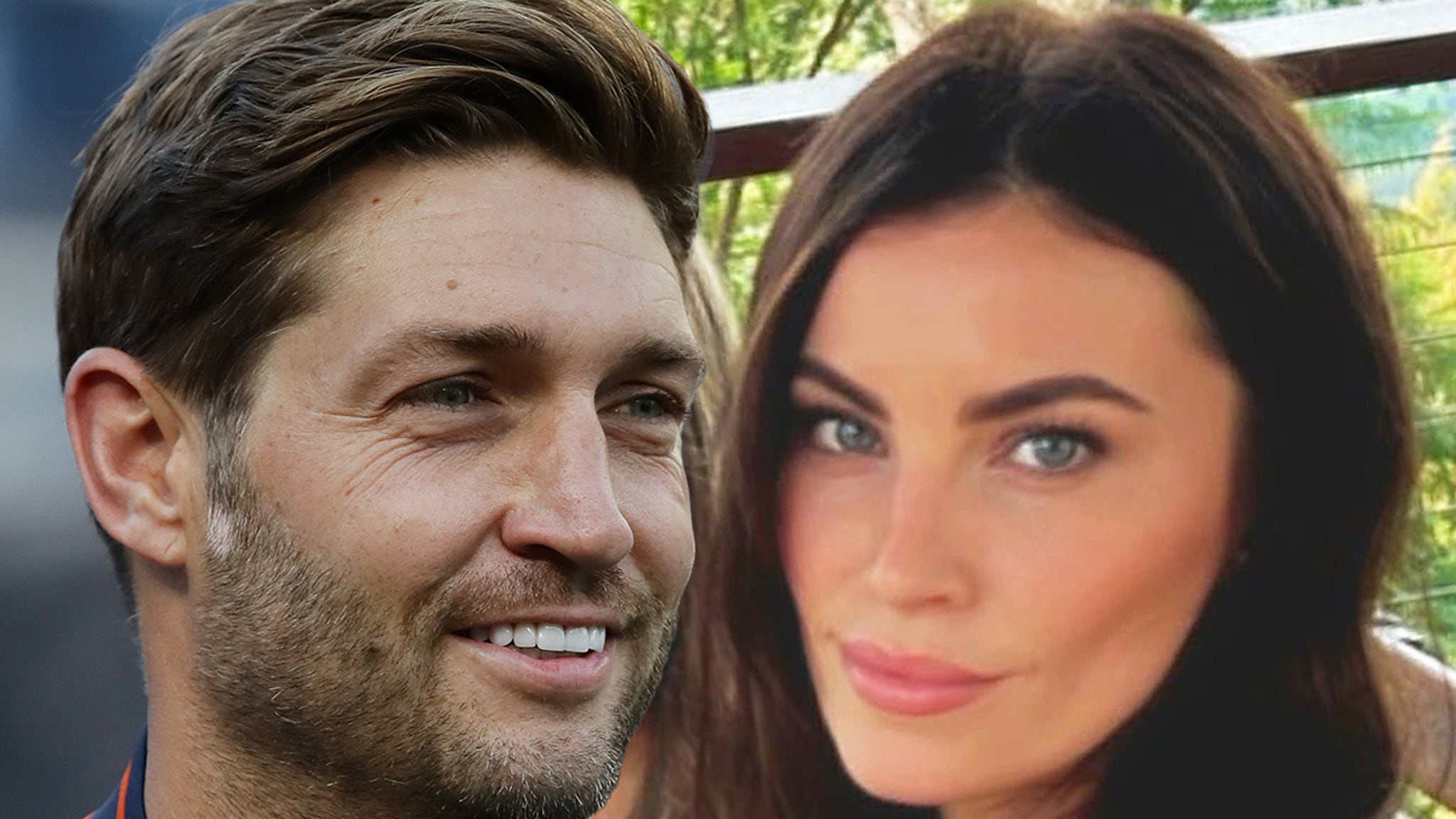


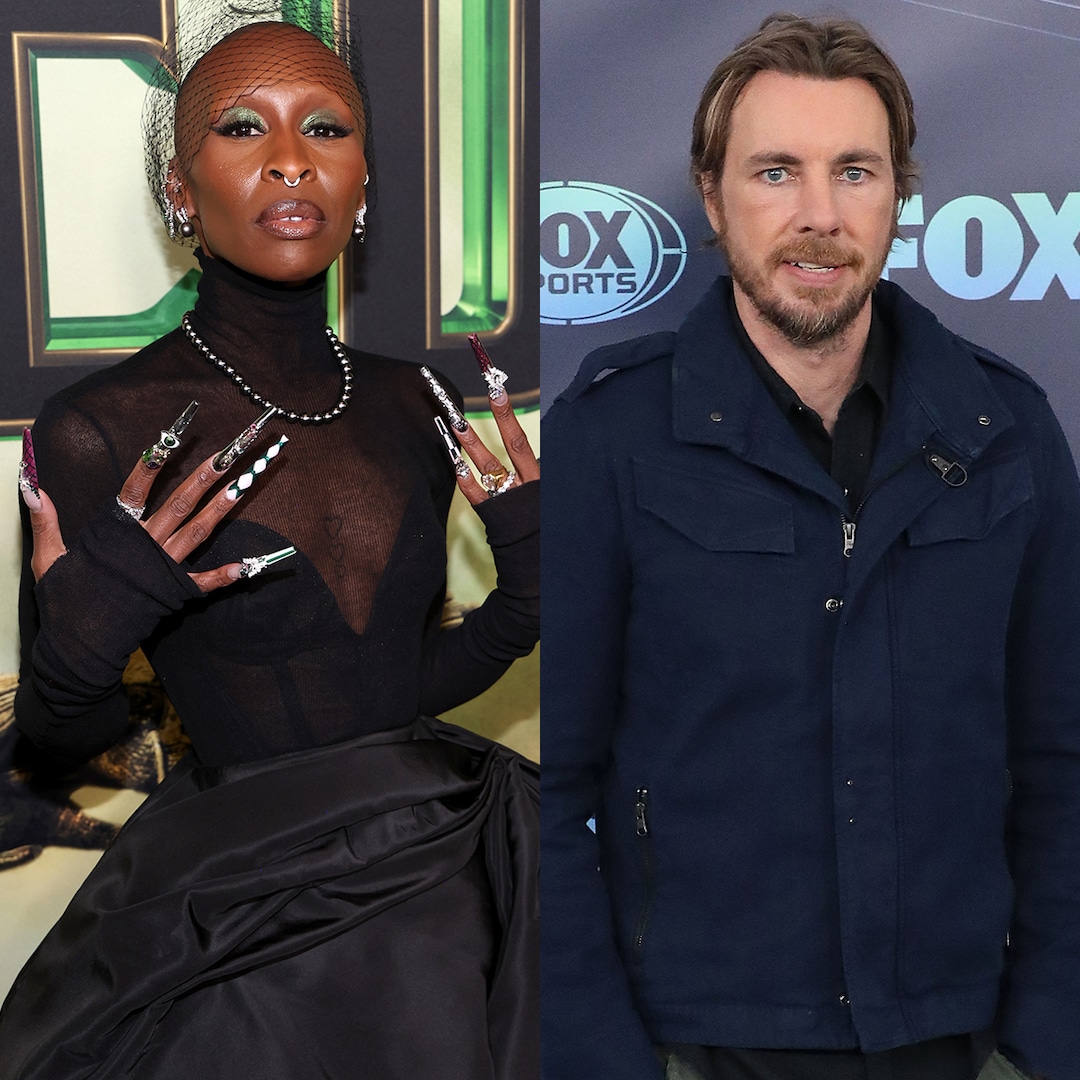











![‘Chicago Med’ Recap Season 10, Episode 8 — [Spoiler] Dead or Alive ‘Chicago Med’ Recap Season 10, Episode 8 — [Spoiler] Dead or Alive](https://tvline.com/wp-content/uploads/2024/11/chicago-med-recap.jpg?w=650)
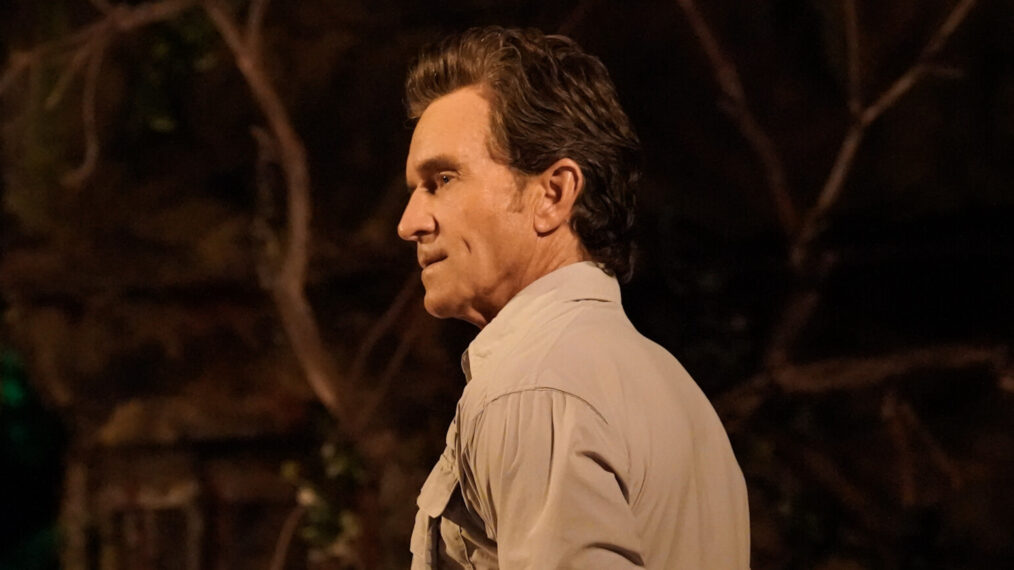





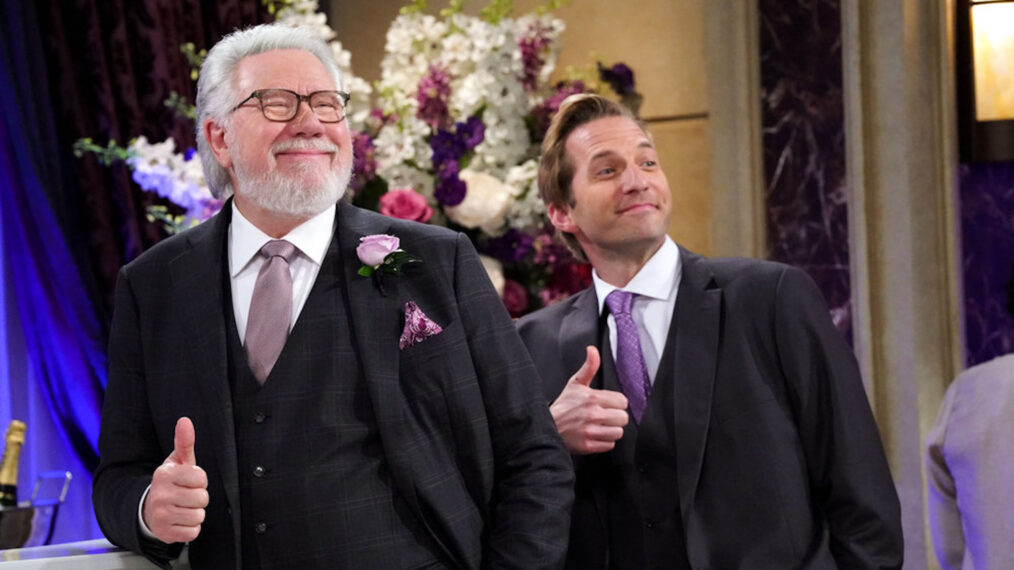









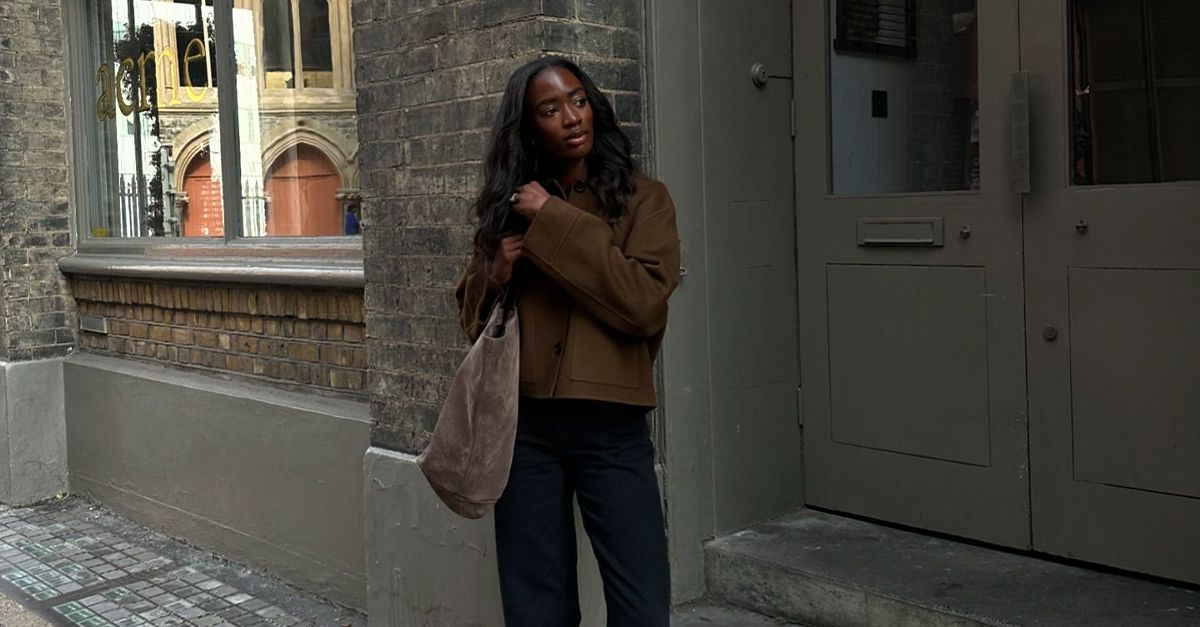





























![Antichrist (2009): When Sex Becomes Horror [REVIEW] Antichrist (2009): When Sex Becomes Horror [REVIEW]](https://i0.wp.com/horrorfacts.com/wp-content/uploads/2024/08/Antichrist-2009-Cover-Art.webp?fit=2000%2C1501&ssl=1)











